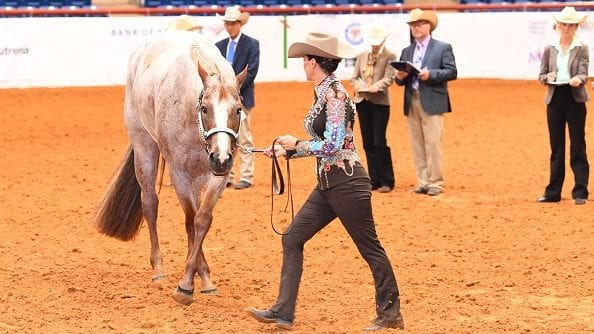The Basics of Western Tack: What You Need to Know 🐎
- Taylor Brinton

- Feb 24
- 3 min read
Whether you’re just stepping into the world of western riding or you’ve been in the saddle for years, understanding western tack is essential! The right gear helps both horse and rider communicate effectively, stay comfortable, and perform at their best. In this guide, we’ll break down the basics of western tack, from must-have essentials to more advanced pieces that serve specific purposes. 🤠
The Essentials: Every Rider Needs These 🏇
Saddle
The western saddle is designed for comfort and stability, especially for long hours in the saddle. It features a deep seat, a high cantle for support, and a horn for functionality. Western saddles come in various styles, including trail, roping, barrel racing, and reining, each built for different disciplines.
Bridle and Bit
The bridle and bit are key communication tools between the rider and horse. Western bridles typically feature a browband or a one-ear design. The bit can range from a simple snaffle for beginners to more advanced curb bits for refined cues.
Saddle Pad
A saddle pad provides cushioning and helps protect the horse’s back. Pads come in different materials, including wool, felt, and gel, each offering various levels of comfort and shock absorption.
Cinch
The cinch secures the saddle to the horse. Typically made from mohair, neoprene, or fleece-lined materials, it should fit snugly but not too tight, ensuring the horse’s comfort and safety.
Advanced Tack: Taking Your Riding to the Next Level 🌟
Breast Collar
A breast collar keeps the saddle from sliding back, especially useful in speed events or rugged terrain. It attaches to the front of the saddle and fits across the horse’s chest.
Back Cinch
Used in roping and ranch work, the back cinch adds extra stability to the saddle. It should be snug but not too tight to avoid discomfort.
Tie-Down
A tie-down helps balance and control a horse’s head movement, commonly used in rodeo events like barrel racing and roping.
Different Types of Western Reins 🖐️
Reins are a crucial link between the rider’s hands and the horse’s mouth, providing direction and cues. Western reins come in several styles:
Split Reins – Two separate reins offering versatility and precise control, commonly used in training and competition.
Romal Reins – A single set of reins with an attached romal (a short whip-like extension) used for refined communication.
Mecate Reins – Made from a single long rope, often used with a bosal, great for young horse training.
Roping Reins – A single looped rein, ideal for quick handling during rodeo events like roping.
Different Types of Western Bits 🐴
Bits come in various designs to suit different riding styles and horse sensitivities. Some common types include:
Snaffle Bit – A simple, mild bit that works with direct pressure, great for training young horses.
Curb Bit – Uses leverage to apply pressure to the horse’s chin, poll, and mouth, offering refined control.
Grazing Bit – A type of curb bit with angled shanks, allowing the horse to graze comfortably while wearing it.
Correction Bit – Designed for advanced riders to fine-tune cues, featuring a port and moving shanks for nuanced control.
Choosing the Right Tack for Your Needs ✅
Selecting the right tack depends on your riding discipline, experience level, and your horse’s needs. Always prioritize comfort, fit, and quality to ensure the best riding experience.
Whether you’re setting up your first tack set or refining your existing gear, knowing the purpose and proper use of each piece will set you up for success in the western riding world! Happy trails! 🐴


Comments